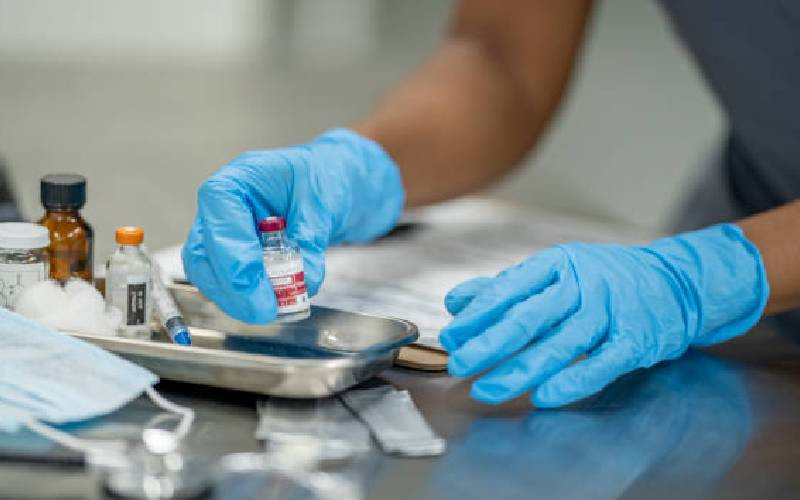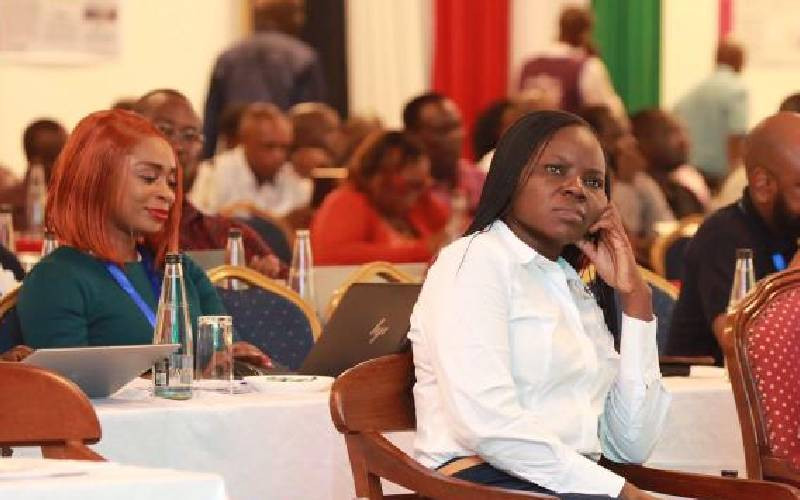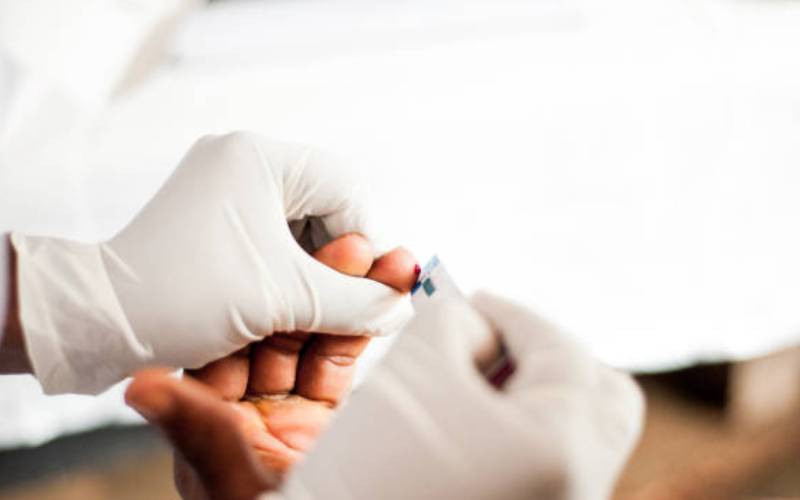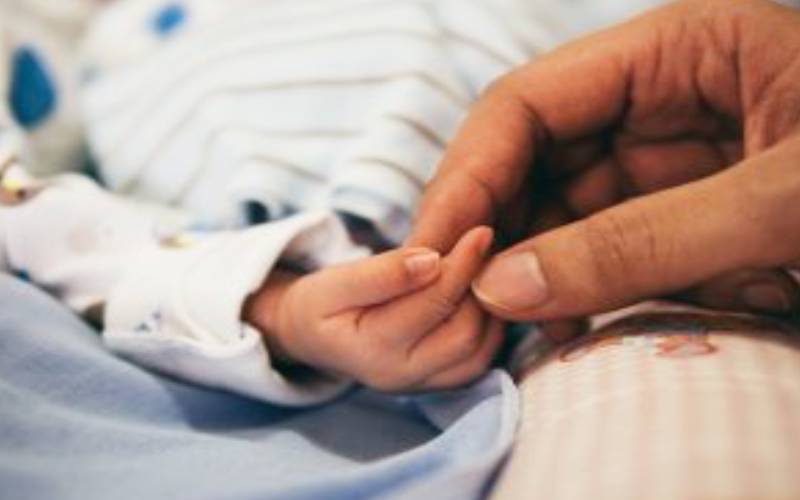
Photo by Aditya Romansa on Unsplash
Recently, I visited children’s cancer ward 1E at Kenyatta National Hospital. This ward bears a different aura compared to the other wards that mostly admit indisposed adults. Its walls bear cool colours and the cartoon characters rest on these walls, almost ready to play with the children. The curtains are brightly coloured with a hue of yellow; all paint a warm atmosphere for these little ones with hard-to-treat illnesses.
Sadly, opportunities to come out and play do not present themselves every morning. Brandon who was cheerful and playful last night, is having a slow start this morning. He is curled up on the bed, watching as his peers run from one corner or the ward to the other. His mother, Rhoda, is seated next to him pensively. Her mind is torn between watching her 8 year old son and watching the doorway waiting for the doctor to update her on his progress in the last 24 hours.
Today, her son’s eyes are more sunken.
His skin is pale.
His stomach hurts. It feels like there is a tight knot.
His head is also particularly heavy this morning.
He says the glass of juice by his bedside is now tasteless.
He takes a sip and plops back on his hospital pillow.
DOCTOR! DOCTOR!
My train of thought is interrupted by a young girl who is frantically trying to catch the attention of a gentleman in a white dust coat as he walks into the ward.
Leyla is a little small for her hospital gown.
But she has a mighty voice.
She has been at the hospital for the second month now to treat a tumour on the right side of her brain.
The nurses and doctors are fond of Leyla for her outgoing personality. She is an assertive child who engages the nurses, doctors, counsellors and the other members of the medical team to take a minute and share a piece of her small world.
Sasa, leo utanipea dawa tamu?
‘Hi Leyla, let us take your temperature first, listen to your heart then we will see which medicine will be good for you today,’ the doctor responded.
As the doctor had his ward rounds, I take time to go through some of the drawings done by the children. It brings me to the world of these children who once in a while take time to participate in the arts, in a separate room that serves as a classroom in the ward.
Brandon had drawn a family portrait that featured his brother and parents. They were crying at the grave that has a cross bearing his name. The palliative care nurse explains that the drawing was Brandon expressing his feelings last week, when he experienced serious symptoms from his illness. But these forms of expressions are not always gloomy. Leyla has a picture of a lady in front of a class teaching biology and another man flying a plane. ‘This is me, teacher Leyla in a form three class and that’s my brother Mohammed, flying a plane,’ the nine-year-old explains.
Keep the children’s hopes alive.
This is the scenario when you have a child who has a life-threatening illness and undergoing palliative care.
To cure sometimes, to relieve often, to comfort always.
These are the words of a 16th Century aphorism that reflects the nature of palliative care, especially when given to children. When a child is living with a serious illness, it affects each family member in a different way.
The main role of palliative care in children is to provide attention to the social, physical, spiritual and psychological needs of the child. In fact, it also calls for the child’s participation to the fullest extent possible according to their age and level of consciousness.
But do you explain to a 10-year-old boy about his treatment plan for leukemia? Some of the recommendations include responding to an age-appropriate description of the condition along with the expected burdens and benefits of available management options while soliciting and listening to the child’s preferences. They see, feel and experience the world in a different way, which changes as they develop.
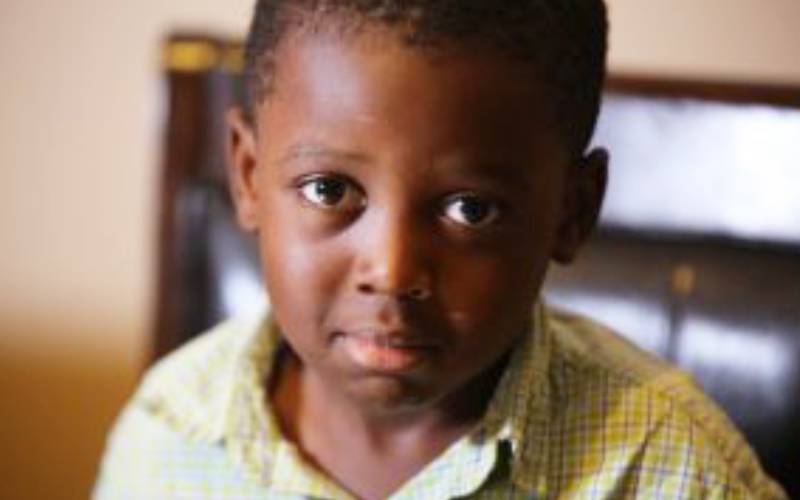
Photo by Francois B. Arthanas on Unsplash.
Palliative care services greatly benefit children and their families who are dealing with conditions including;
HIV/AIDS Cancer Blood-related problems Metabolic diseases Birth defects Severe trauma Extreme prematurity‘The child should be reassured that he or she has done nothing wrong and is not responsible for his or her own illness or that of a sibling. Children should be encouraged to talk about feelings of anger, sadness, fear, isolation, and guilt, or to express themselves through art or music therapy,’ reads excerpts from palliative care experts from the American Academy of Paediatrics.

Photo by Sandy Millar on Unsplash.
Some of the questions that children tend to ask while undergoing palliative care include;
Why me? Why is my family suffering? What will happen to me?The goal of palliative care is to provide comfort for the child, give the family more support to take care of the little one. And whereas the curative treatments seek to reverse the disease process, palliative has a primary focus on relieving symptoms, regardless of their impact on the underlying disease process.
Dr. Esther Muinga explains that accepting palliative care does not mean that the child’s family has given up.
“Palliative care is holistic and complementary to other forms of treatment. It ensures the child is more comfortable and provides relief for symptoms like pain, loss of appetite, poor and irregular sleep patterns, nausea and anxiety,” said Dr Muinga.
The WHO describes palliative care as a way of enhancing the quality of life of patients and their families as they experience the challenges of serious illness.
In children, this can be done in the following ways;
Preventing and reducing pain Early identification of disease, Accurately assessing and managing pain Addressing physical, psychosocial, and spiritual issuesGiven that some of the diseases are genetic, there may be more than one affected child in a family. Is there a difference between palliative care given to children and adults?
According to the International Children Palliative Care Network, there are a variety of childhood conditions that are rare, and the length of illness can vary greatly from days to years hence the child may survive into early adulthood, extending palliative care over many years.
The American academy of Paediatrics recommends the following principles when providing palliative care for children;
Respect for the Dignity of Patients and Families Support for the Caregivers Access to Competent and Compassionate Palliative CareIn most cases, an integrated palliative care approach, including symptom management like nausea, pain, vomiting and counseling, may prove beneficial when provided early in the course of a child’s illness.
This integrated approach involves working with the child, family members (not forgetting their siblings), teachers, school staff and healthcare professions like doctors, social workers, counsellors and others.
Children are not small adults and should not be treated as such. Their care should be individualised. Remember to take into consideration their languages of communication including play, spoken and body language. They understand much more than we think they do.
They too matter.
This article was first published in Wanja's Health Diary blog which runs every Thursday
 The Standard Group Plc is a multi-media organization with investments in media platforms spanning newspaper print
operations, television, radio broadcasting, digital and online services. The Standard Group is recognized as a
leading multi-media house in Kenya with a key influence in matters of national and international interest.
The Standard Group Plc is a multi-media organization with investments in media platforms spanning newspaper print
operations, television, radio broadcasting, digital and online services. The Standard Group is recognized as a
leading multi-media house in Kenya with a key influence in matters of national and international interest.

